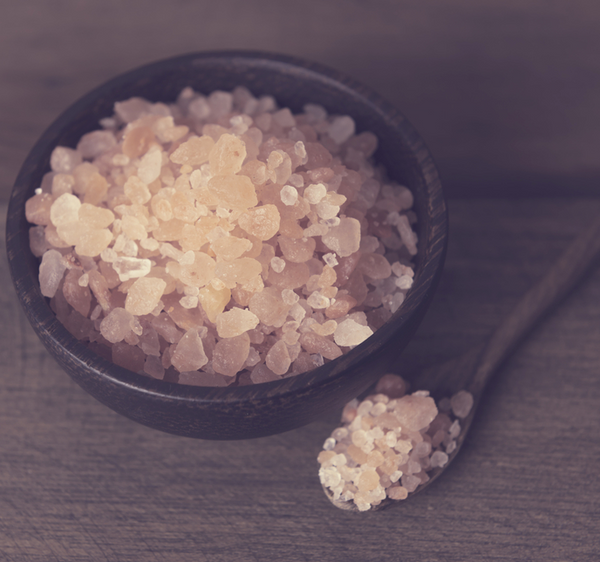
Have you ever been on a low salt diet for more than six months? It can result in severe, painful cramps in the legs and/or feet. So it's apparent that we do need some salt in your diet but how much and what types?
Table salt
Commercial table salt usually has added anti-caking agent with aluminium, most of the nutritious minerals have been removed and it’s acid-producing so it can disrupt the body’s acid–alkaline balance if used frequently.
For these reasons it is best to avoid consuming commercial table salt (you can, however, add it to your clothes wash to colour-fast dark clothes).
Natural sea salts - how to spot the best kinds
If you would like to use salt on your meals buy quality sea salt such as Himalayan sea salt, Celtic or macro sea salt — the best salts are pink or grey in colour, indicating minimal processing and maximum mineral content.
While pink Himalayan sea salt is not a miracle salt as often touted, it does contain trace amounts of important minerals including iron oxide which gives the salt it's pink hue.
Quality sea salt may also be slightly damp or chunky if there is no anti-caking agent. These alkaline salts are fine to use in moderation, along with a healthy diet.
How much is enough?
Well, if you are eating packaged foods, you are probably having more than enough salt in your diet. On the other hand, if you are cooking healthy meals at home, just add a modest sprinkle of salt to your foods once a day. Or you can add a pinch of Himalayan sea salt to your drink bottle (filled with filtered water), to boost hydration and promote electrolyte balance.
Remember a balance of salt is the key and you need both potassium and sodium in your body for electrolyte balance. Bananas, beans and potatoes are rich sources of potassium.







 Nothing will be posted on your behalf.
Nothing will be posted on your behalf.

